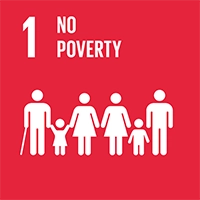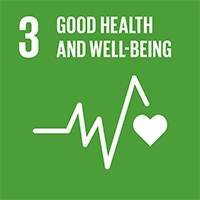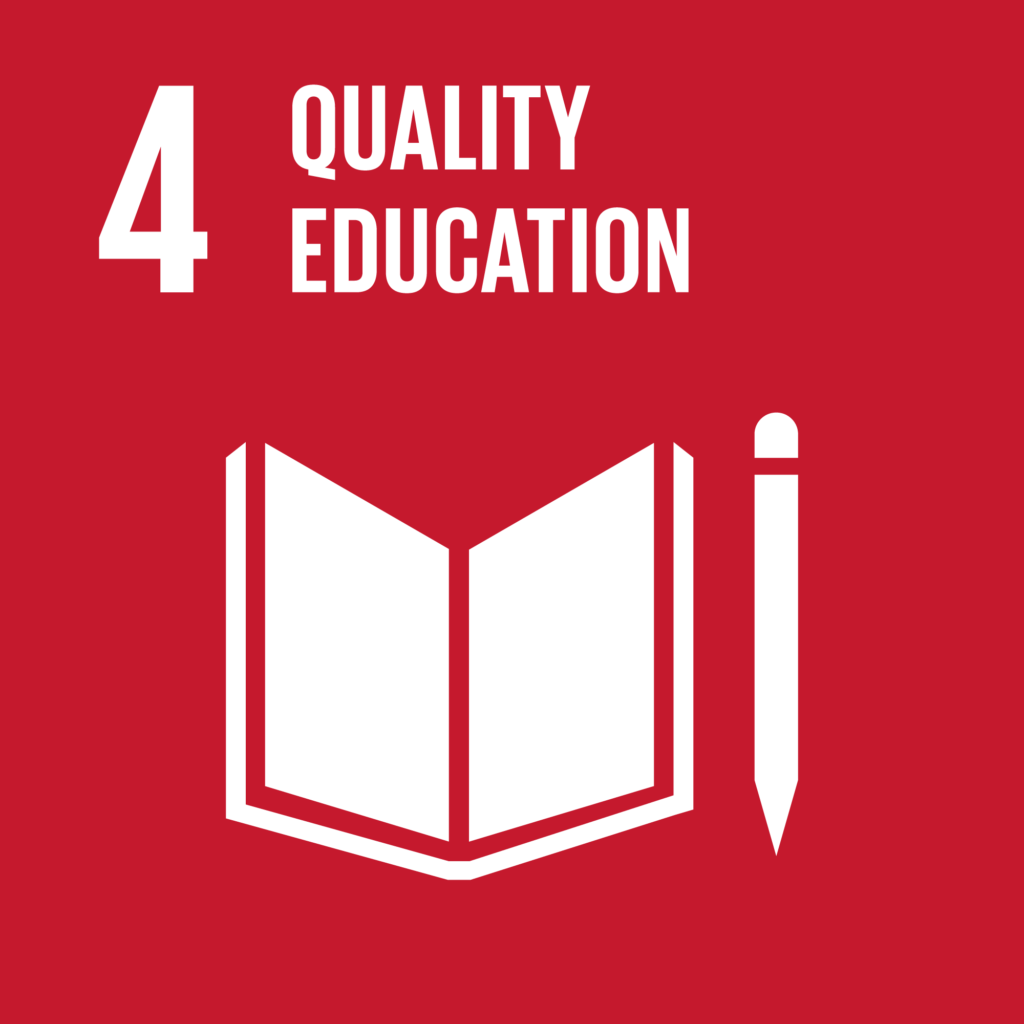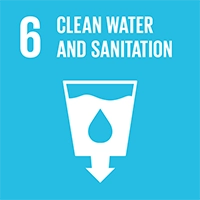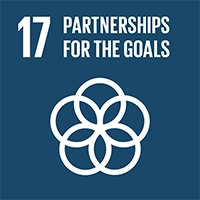Gender Equality

Vision impairment disproportionately affects women and girls. Preventing avoidable blindness and vision impairment has a crucial role to play in the reduction of gender inequalities and in the overall effort to achieve the SDGs.
Recent estimates indicate that 56% of blind adults are women, and two thirds of blind children are girls. Traditional gender roles such as cleaning and caring for the young, sick and elderly often place women in areas where they are more likely to be exposed to vision-impairing bacteria. Family responsibilities such as care giving and collecting water also present challenging barriers that prevent women from having the time to receive the eye health care they need.
Vision loss in women can exacerbate existing gender inequalities like limited education and employment opportunities and can even result in community exclusion. This can increase women’s dependency on their husbands or other relatives and limits their decision-making power.
The ripple effect stemming from proper eye health can also play a vital role in reducing gender inequalities. When women are empowered to make decisions regarding their own health, they have the ability to improve the overall health of their families and impact their entire communities.
Most of the community health workers trained by Operation Eyesight partner hospitals are women. When women are employed as community health workers, they have an opportunity to become trusted leaders in their communities and act as catalysts for positive health outcomes. This employment improves their ability to become active participants in their family’s socioeconomic stability.
Not only is empowering women and reducing gender inequalities the right thing to do, it’s also the smart thing to do. Evidence shows that empowering women is one of the strongest catalysts for driving sustainable development across all sectors. It enhances economic growth, improves education and increases positive health outcomes.
At Operation Eyesight, we’re working to implement gender transformative strategies, meaning that we’ll look at how we’re working with communities to make sure that we’re reaching and treating even the most vulnerable people. By working directly with local communities, we can better understand the barriers women face, take affirmative action in training and human resource development to ensure there are more women in the health care system, and remove the barriers to access to services.
Achieving Gender Equity in Eye Health
Vision impairment is a gender issue. Women and girls are more likely to suffer from vision impairment than men or boys. This is due to many factors, such as their traditional roles in the household involving cleaning and caring for ill family members, and the fact that they are less likely to receive access to care and treatment when available. More than 20 million women and girls are blind, and more than 120 million are visually impaired. The numbers are staggering.

